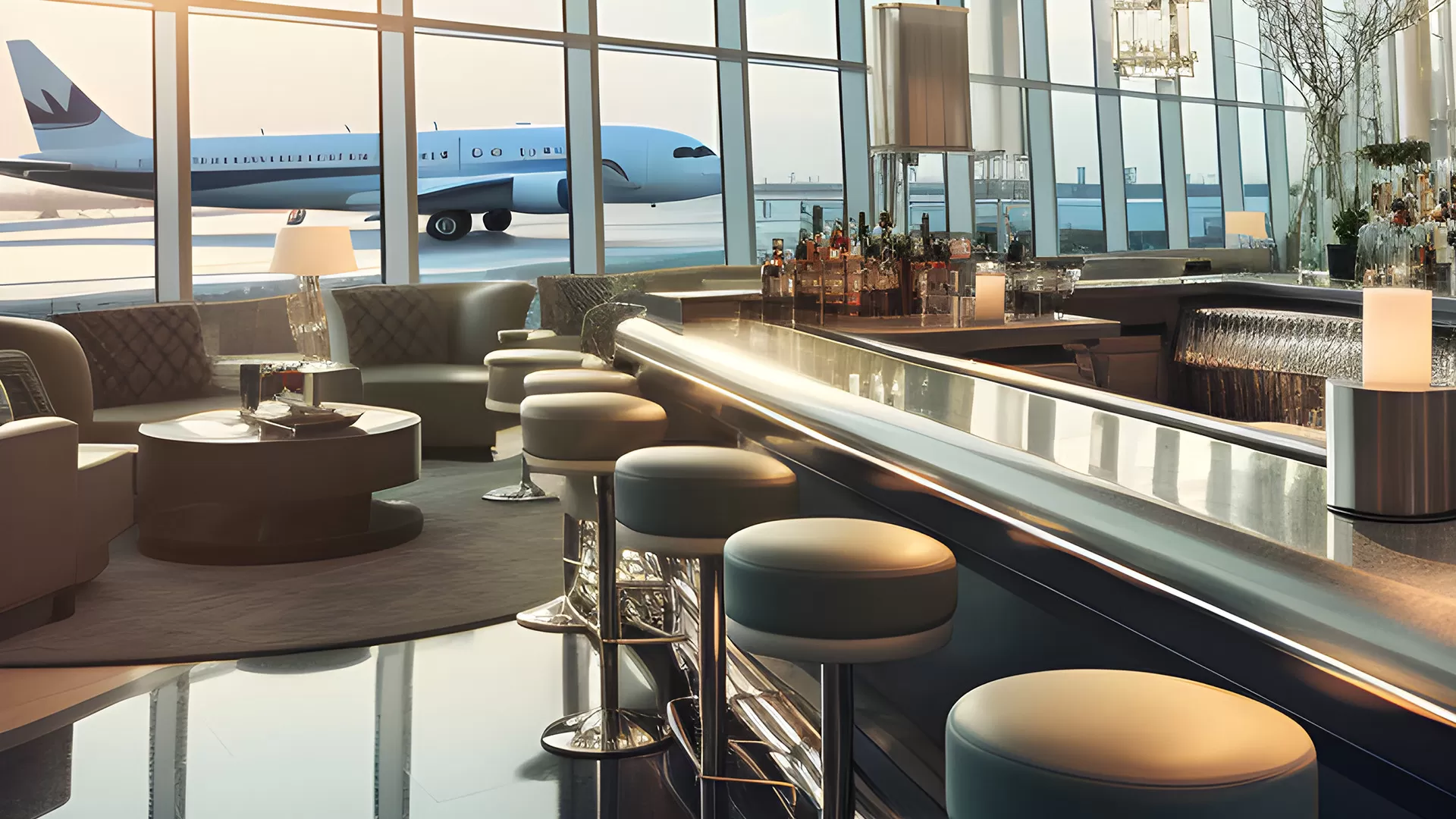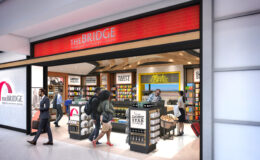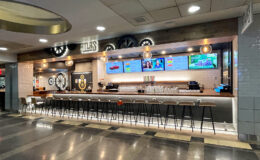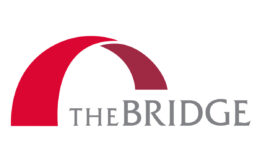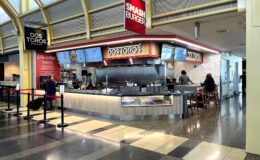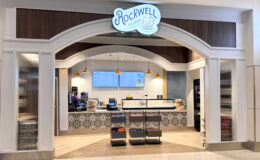Traveling can be an exhausting experience, and the right airport bar design can transform an ordinary layover into a memorable and relaxing retreat. As airports continue to evolve into bustling hubs of commerce and leisure, the importance of well-designed spaces cannot be overstated. Let’s explore the key elements that make airport bar design a pivotal aspect of modern travel.
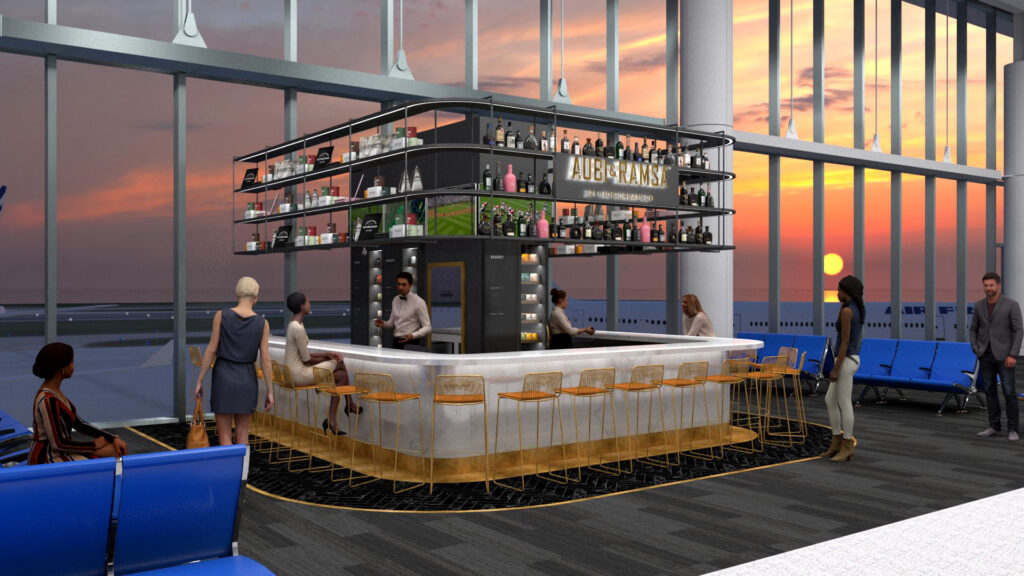
1. First Impressions Matter
The entrance of an airport bar sets the tone for the entire experience. A welcoming and visually appealing entrance can attract weary travelers looking for a place to unwind. Utilizing modern signage, inviting lighting, and an open layout can create an inviting atmosphere that draws people in.
2. Maximizing Space
Airport bars often need to make the most of limited space. Clever design solutions, such as multi-functional furniture, modular seating arrangements, and strategically placed fixtures, can help maximize the available area without sacrificing comfort. The goal is to create a cozy yet spacious environment that accommodates both solo travelers and groups.
3. Aesthetic and Ambiance
The design aesthetic of an airport bar should reflect its brand identity while also resonating with a diverse audience. A harmonious blend of materials, colors, and textures can create a visually appealing and comfortable atmosphere. Consider incorporating elements of local culture or themes that tie into the airport’s location to provide a unique and immersive experience for travelers.
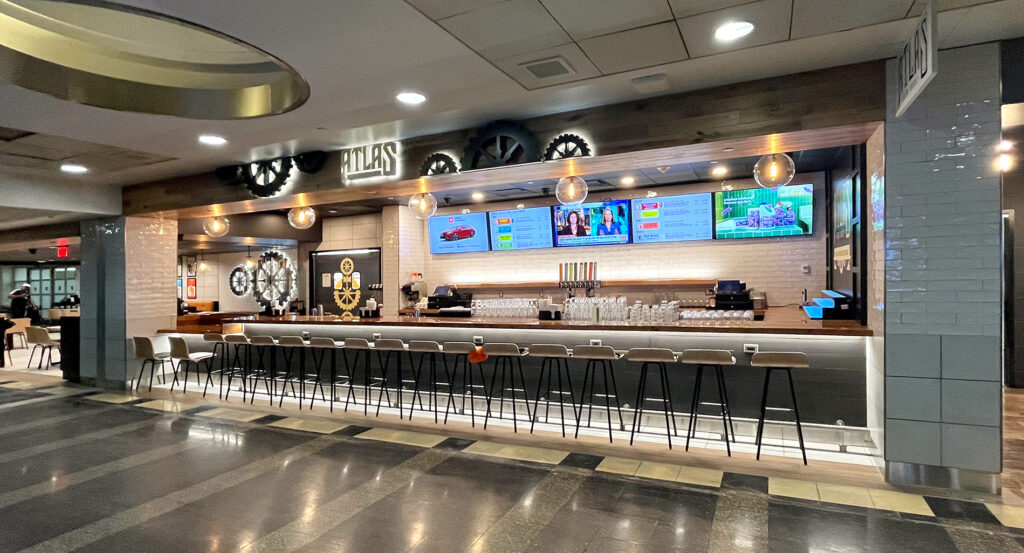
4. Ergonomics and Comfort
Comfort is paramount in airport bar design. Travelers are often looking for a place to relax and recharge, so ergonomic seating and thoughtfully designed layouts are essential. High-quality, cushioned seating, ample legroom, and accessible charging stations can make a world of difference for patrons looking to unwind.
5. Acoustics and Sound Management
Airports are inherently noisy environments, and good sound management is crucial for creating a relaxing atmosphere within an airport bar. Incorporating sound-absorbing materials, strategic placement of partitions, and background music can help minimize noise and create a more tranquil setting for patrons.
6. Lighting and Mood
Lighting plays a significant role in shaping the mood of an airport bar. Soft, warm lighting can create a cozy and inviting ambiance, while adjustable lighting options can cater to different times of the day and varying customer needs. Thoughtful use of natural light, where possible, can enhance the overall atmosphere and create a more pleasant environment.
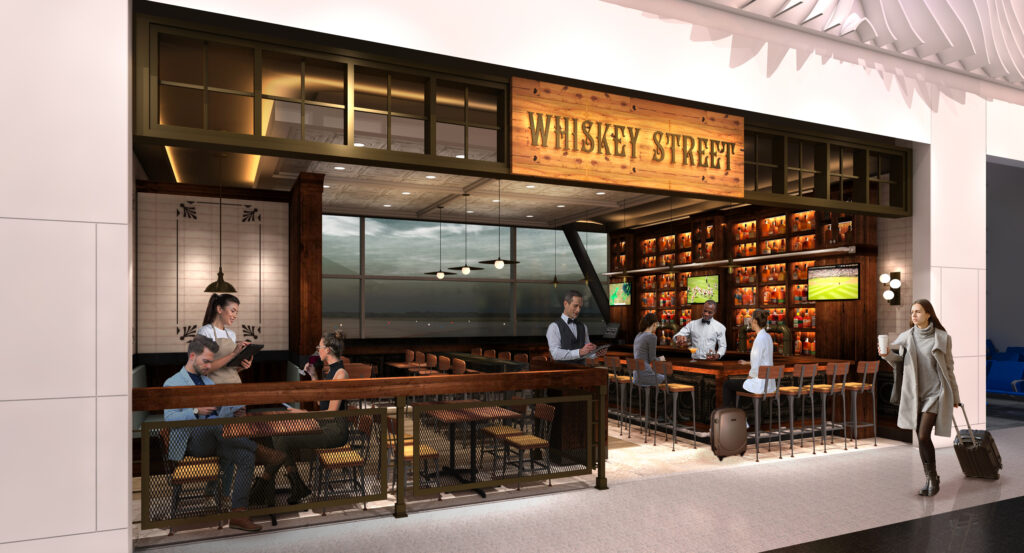
7. Efficient Service Design
Efficient service design is key to ensuring a smooth and enjoyable experience for patrons. Clear signage, intuitive layouts, and well-placed service stations can streamline the ordering process and reduce wait times. Additionally, incorporating technology, such as digital menus and self-service kiosks, can enhance convenience and improve overall efficiency.
8. Unique Features and Experiences
To stand out, airport bars can offer unique features and experiences that elevate the standard bar visit. This could include live entertainment, themed events, or interactive elements that engage patrons. Providing a memorable and enjoyable experience can turn a routine layover into a highlight of the journey.
Conclusion
In today’s fast-paced world, airport bar design plays a crucial role in enhancing the travel experience. By focusing on aesthetics, comfort, efficiency, and unique offerings, designers can create spaces that not only cater to the needs of travelers but also leave a lasting impression. The next time you find yourself on a layover, take a moment to appreciate the thought and effort that goes into crafting the perfect airport bar experience.


